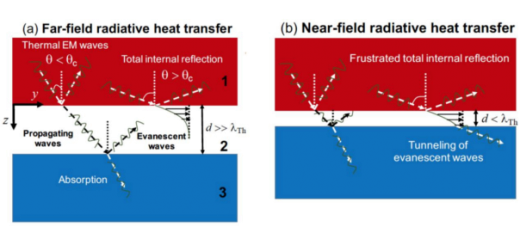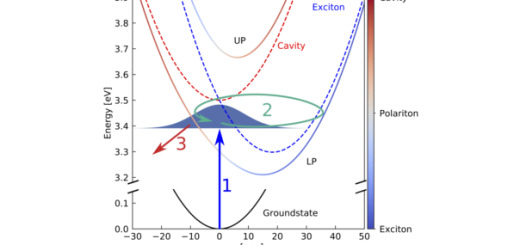Frequency-resolved Monte Carlo

Photon correlations of the light emitted by a two-level system change as the resolution in the energy of the photons is increased. The correlations obtained through our Monte Carlo technique (shown in black) match perfectly with the prediction from the theory frequency-resolved correlations (shown in red).
Article: published in Scientific Reports by Juan Camilo López Carreño, Elena del Valle, members of the Department of Theoretical Condensed Matter Physics.
The Monte Carlo method, devised by Ulam in the 1940s, relies on random sampling to estimate the value of variables in problems that are difficult to tackle analytically. In particular, the method has proven specially helpful to simulate stochastic problems, such as the trajectories of a random walker (which has application across all sciences) or the neutron diffusion.
In the late 80s and early 90s, Zoller, Marte & Walls and Dalibard, Castin & Molmer adapted the Monte Carlo method to the formalism of the quantum master equations, in which the stochastic processes, such as spontaneous emission, are described as Lindblad terms. In this paper [Sci. Rep. 8, 6975 (2018)], we extend the range of applicability of the Monte Carlo method, by adapting it to the Cascaded formalism of Quantum Optics, which enables us to simulate the emission of photons of known energies.
We apply the technique to the photon emission from a two-level systems driven by either an incoherent or a coherent pump. Doing a statistical analysis of the photon-emission streams, we find a perfect agreement with the theory of frequency-resolved correlations, which confirms the correctness of our technique. In particular, using a coherent driving in the Mollow triplet regime, we demonstrate directly the manifestation of the so-called “leapfrog processes” whereby the two-photon emission rate is increased. [Full article]



















